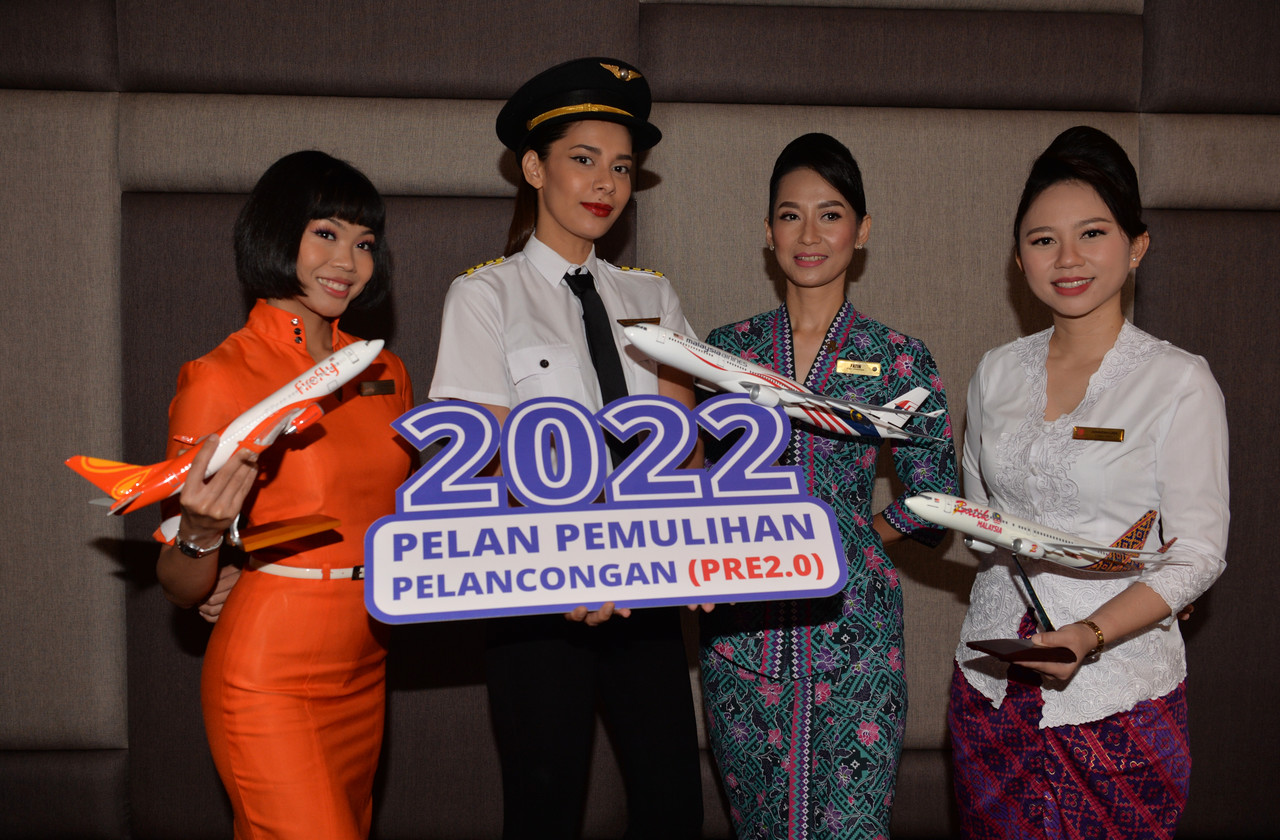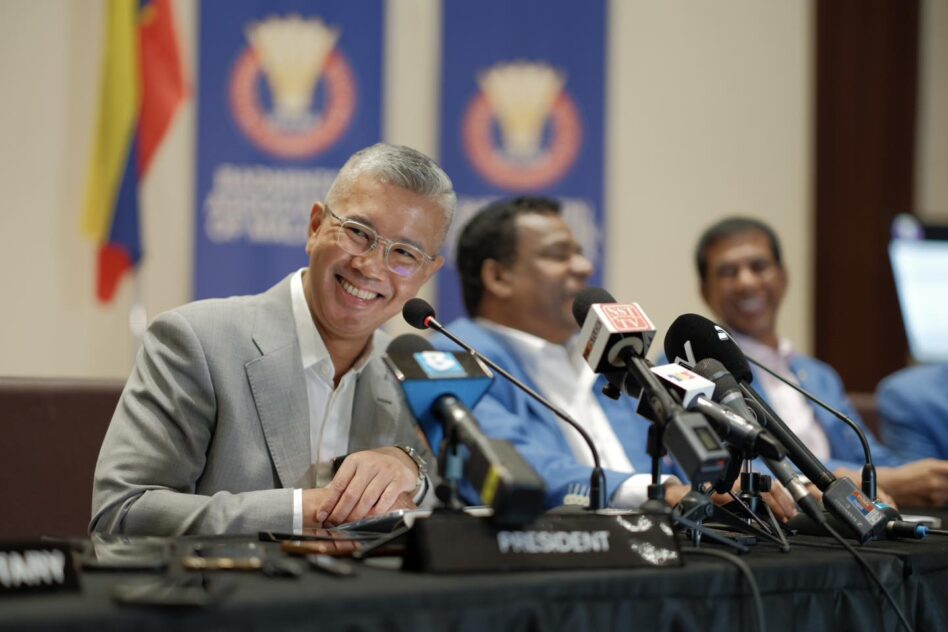LAST week, Delta Air Lines flew an empty plane from Heathrow Airport to the US just to deliver about 1,000 stranded luggage. If that doesn’t hit hard on the kind of pressure that has been on the aviation industry, then nothing else will.
Besides this, flight cancellations, airport congestion and re-timing due to bottlenecks in maintenance have also hit the sector globally, and at home, the panic button has been smacked countless times.
And in the parallel universe, Emirates Airlines, Qatar Airways, Singapore Airlines, Cathay Pacific, Jet Airways, Air New Zealand, Kuwait Airways, Saudi Arabian Airlines, to name a few, are on hiring spree as they are ramping-up recruitment to be able to catch-up with pent-up demand.
Disruptions jeopardising recovery
At the current rate, airlines are foreseeing this to continue for the next couple of months. This is a massive adjusting exercise for airlines before they can restore to their pre-pandemic operations.
Qantas Airways Ltd CEO Alan Joyce reportedly said it will take some time for the aviation industry to get the system up and running smoothly again.
Meanwhile, director and professor of International Trade and Investment at the Institute of Malaysia and International Studies, Universiti Kebangsaan Malaysia Prof Dr Sufian Jusoh said the survival of the aviation industry is crucial – a catalyst for the travel and tourism sector, itself a key pillar of growth for many economies in the region and globally.
“The connectivity it provides is key to everything. If planes are not able to fly, the aviation companies will go bankrupt and this will cause a lot of disruptions to the economy. So, we have to get the airlines to fly. There must be a way of helping them to fly again properly,” he said.
According to International Air Transport Association, total passenger traffic in May 2022 was up 83.1% year-on-year, largely driven by the strong recovery in international traffic. The global traffic is now at 68.7% of pre-crisis level.
In Malaysia, the Kuala Lumpur International Airport (KLIA) in May 2022 recorded a 1,088.2% increase year-on-year to 1.98 million passengers, comprising 898,000 international passengers and 1.08 million domestic passengers, following the reopening of borders on April 1.
There is plenty of room for airport operator Malaysia Airports Holdings Bhd (MAHB) to accommodate more passengers at KLIA given its combined capacity of 75 million passengers per year (6.25 million passengers monthly).
Passengers more aware, don’t blame airlines
The ever-changing pandemic-related paperwork and last-minute documentation as required by certain countries have added to the required time for passenger clearance at airports, which subsequently affected flight times.
To avoid congestion and long queue at the airport, Sufian advised passengers to plan ahead and be ready for any unforeseen circumstances.
“This (post-pandemic) is a new world, new style. The level of disruptions at international airports may vary. Airports in Europe and Asia have their very own set of travel requirements, documentations and restrictions.
“Prior to this, you have to be at the airport around three to four hours early (before flights), but now you have to be like six hours early. That is bad. The requirements at the destination country also contribute to the disruptions. So, you can’t blame the disruptions on the airlines alone,” he explained.
Bottlenecks maintenance, safety first
In a highly regulated industry like aviation, safety always comes first. All aircraft must undergo strict maintenance checks, including mandatory daily safety maintenance exercise that might cause a knock-on effect throughout the network.
Besides common damages and technical problems normally encountered during a routine inspection, there could also be unforeseen incidents such as bird strikes, damage due to foreign objects, and lightning strikes.
There are highly limited slots for aircraft maintenance, repair and overhaul (MRO) in Malaysia and regionally, as all airlines are working hard to get more planes in the air and it takes a longer time than usual to have these aircraft back in service again, hence affecting the flight schedules.
“Airlines will not compromise on the safety standard as all aircraft must be declared safe to fly as directed by the Civil Aviation Authority of Malaysia. The bottlenecks in MRO services not only cause a delay in delivery, but also limit the airlines’ ability to increase fleet size,” an aviation analyst said.
Capital A Bhd CEO Tan Sri Tony Fernandes, in his recent post on LinkedIn, said companies servicing the airlines also went through a difficult time during the pandemic that forced them to downsize.
This has left the MRO industry with a reduced skilled manpower and longer queues to service aircraft, which have been on the ground longer, he said.
“For plane maintenance, what used to take two weeks is now taking four weeks because it hasn’t been used for two years. The demand surge in a very short period is causing a bottleneck in the supply chain.
“Overall, the industry is scrambling to get back on our feet but we doing our best to be fully up and running, and we will get there,” he said.
AirAsia is now flying only around 45 out of 100 aircraft during the pre-pandemic time in Malaysia.
Staff shortage
COVID-19 took a serious toll on the aviation industry. As airlines had most of their aircraft grounded, hundreds of thousands of workers globally were laid off, from pilots to cabin crew and ground-handling staff.
The burden to cater for the sudden surge of demand now falls on the existing manpower. Airlines worldwide are facing an arduous recovery journey as they do not have enough people to fly the aircraft, serve the passengers or unload their baggage – thus resulting in flights cancellations and delays.
Certain hubs are depending heavily on foreign manpower, which are slowly coming back but not as quickly as expected due to additional immigration requirements that are in place. On top of that, the security clearances required for airport work could be another challenge to deal with.
On the home front, Malaysia Aviation Group said it is working closely with various stakeholders including MAHB and the relevant authorities to expedite the process of re-hiring.
“This is necessary to mitigate further manpower shortage as we are gradually increasing our frequency and network to achieve more than 70% of pre-COVID-19 capacity for domestic and international travel by the end of 2022,” it said in an email reply to Bernama. – July 18, 2022









